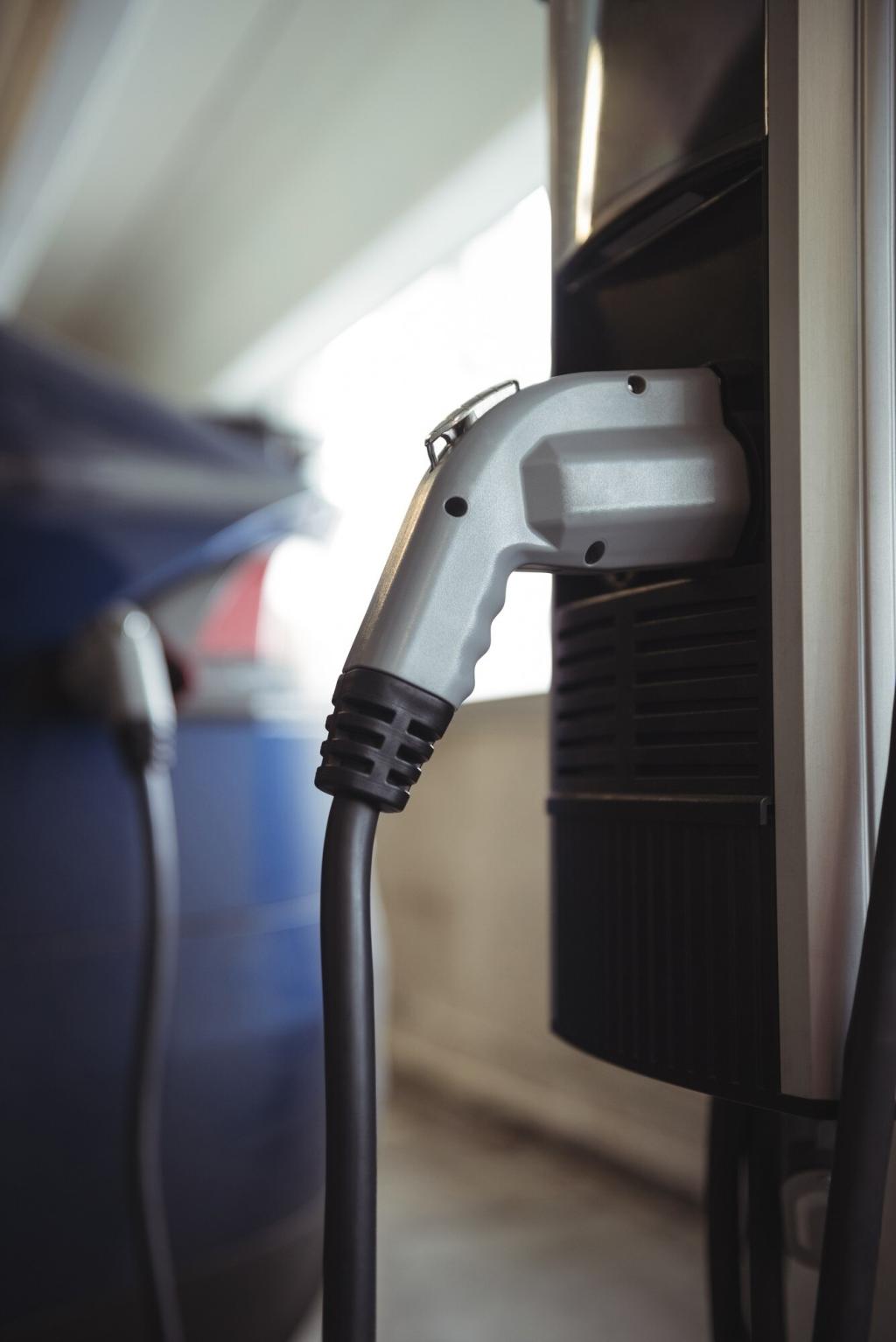Breaking Down Capital Expenditures
Hardware costs scale with power class and features, but not always linearly. A 75 kW unit can be far cheaper than a 150 kW cabinet, yet two 75 kW posts with smart load sharing may outperform a single high-power unit at early utilization levels. Share your preferred power class and why.
Breaking Down Capital Expenditures
Trenching, bollards, pads, conduits, and restoration routinely rival hardware costs. A short trench on existing conduit can save thousands, while crossing a busy driveway may double civil spend. Map every meter of trench, then pressure-test assumptions on soil, weather windows, and traffic control. Comment with your toughest site surprise.
Breaking Down Capital Expenditures
Utility upgrades range from simple meter sets to new transformers and switchgear. Early conversations with the utility can surface capacity constraints and cost-sharing options. Document lead times, required studies, and responsibilities in writing. If you have negotiated make-ready support, tell us what worked and what did not.



